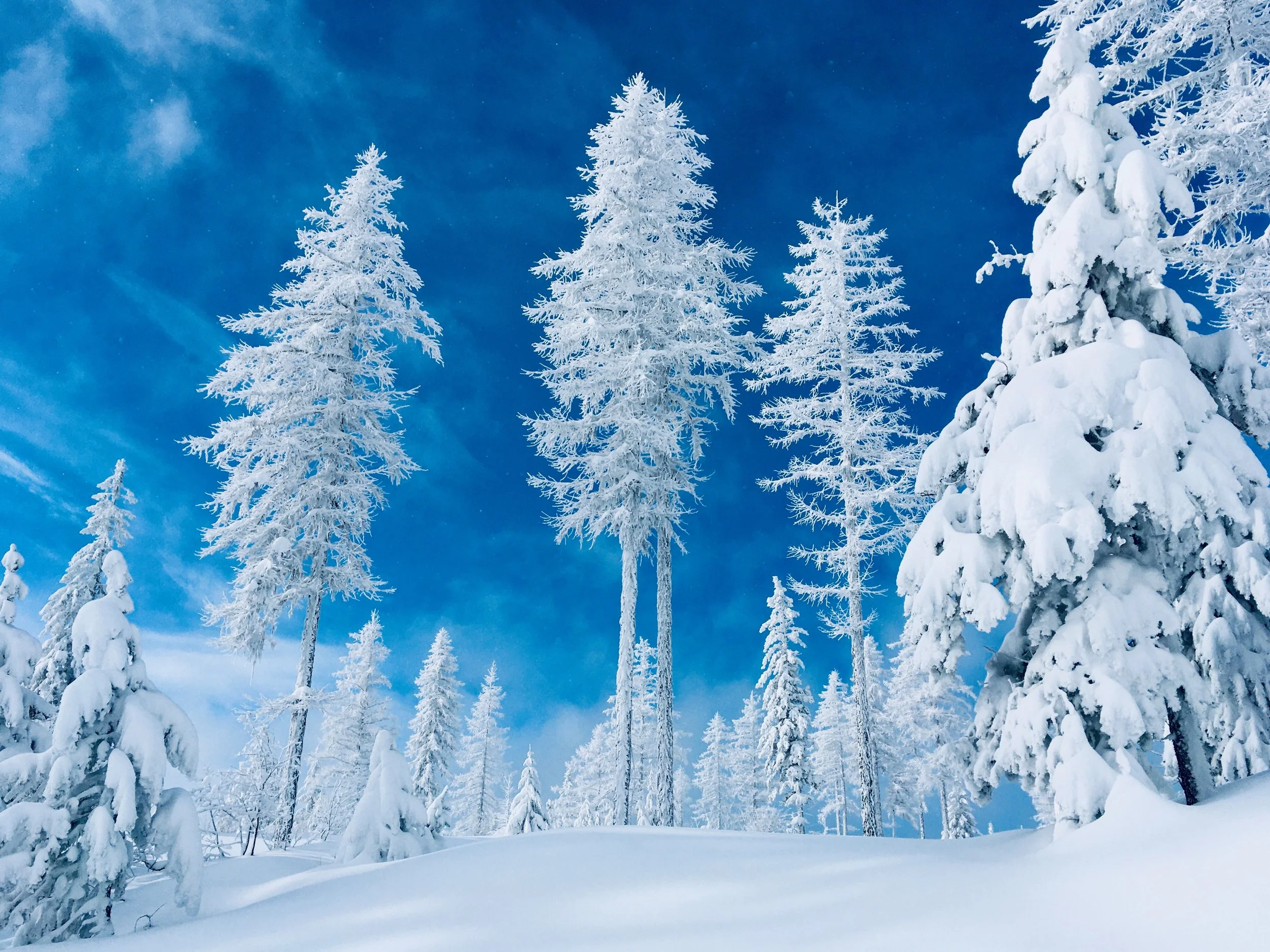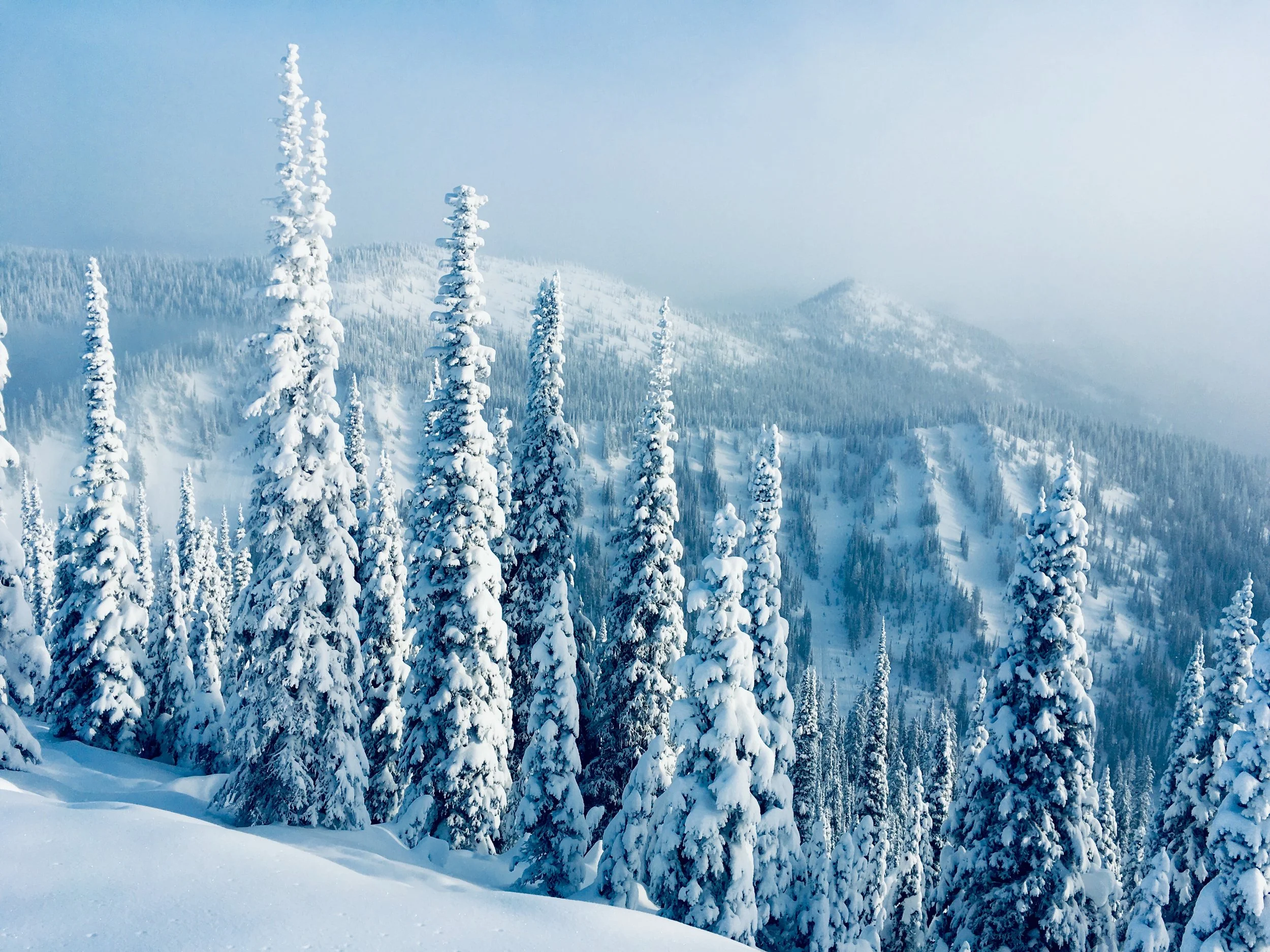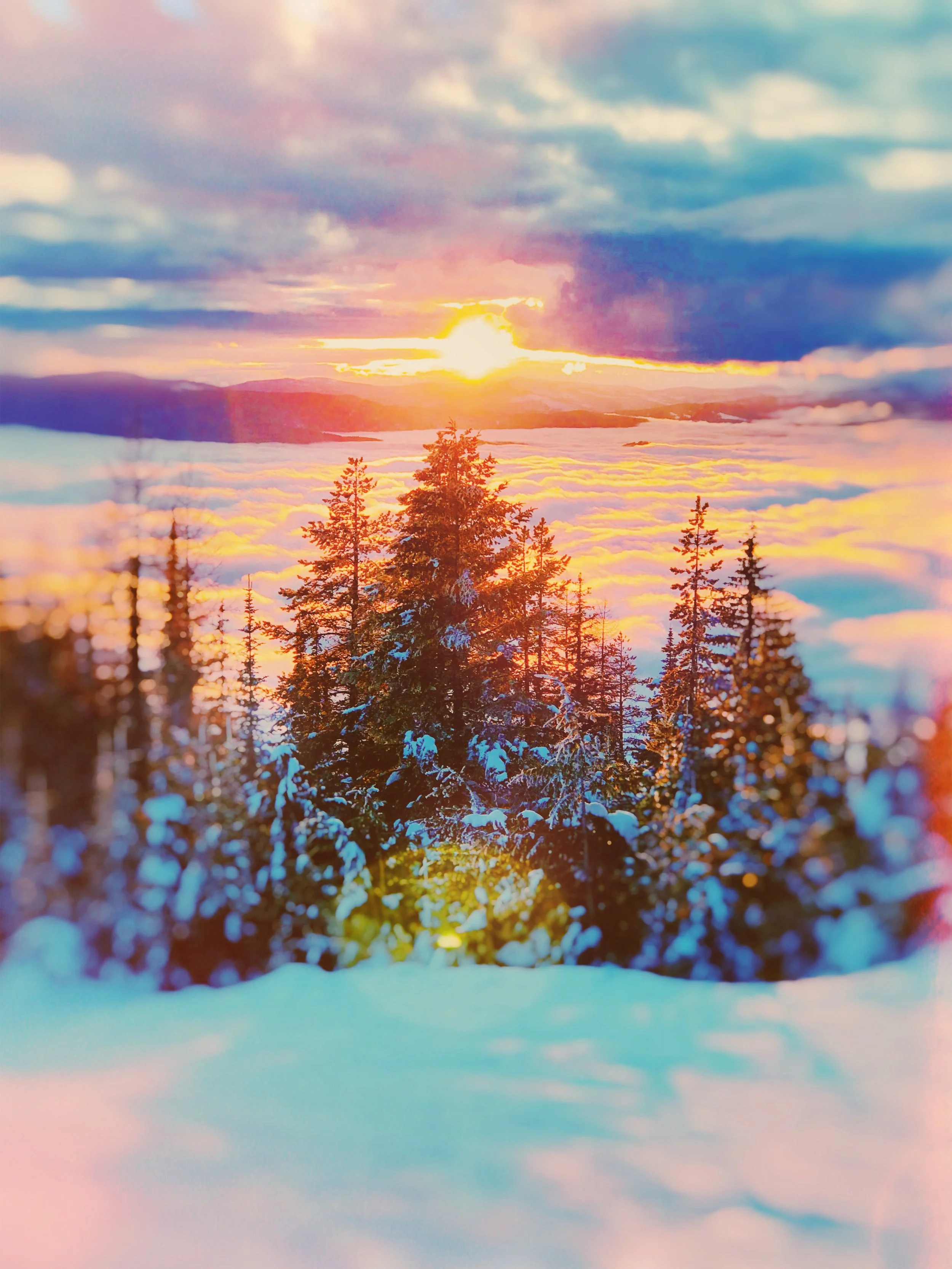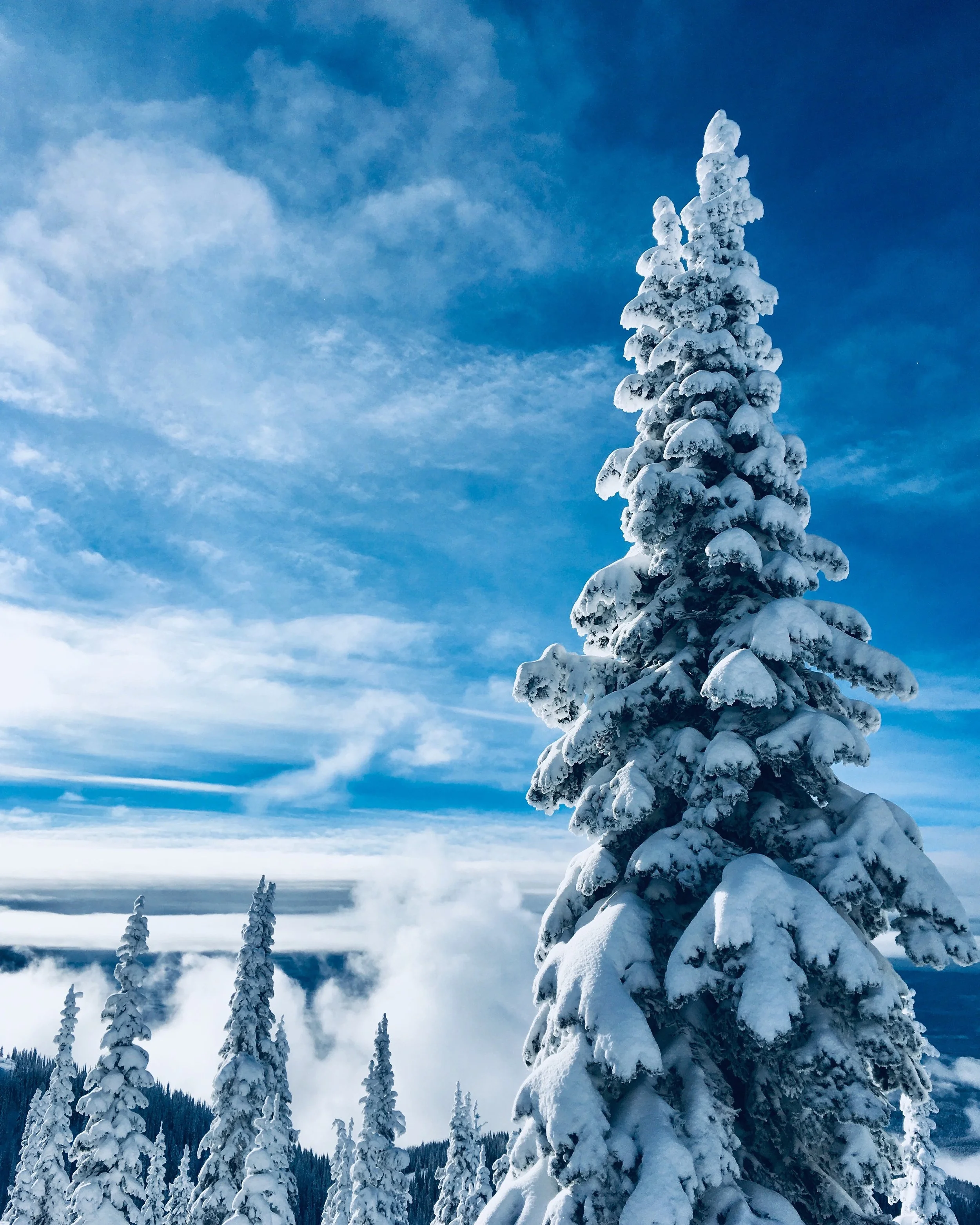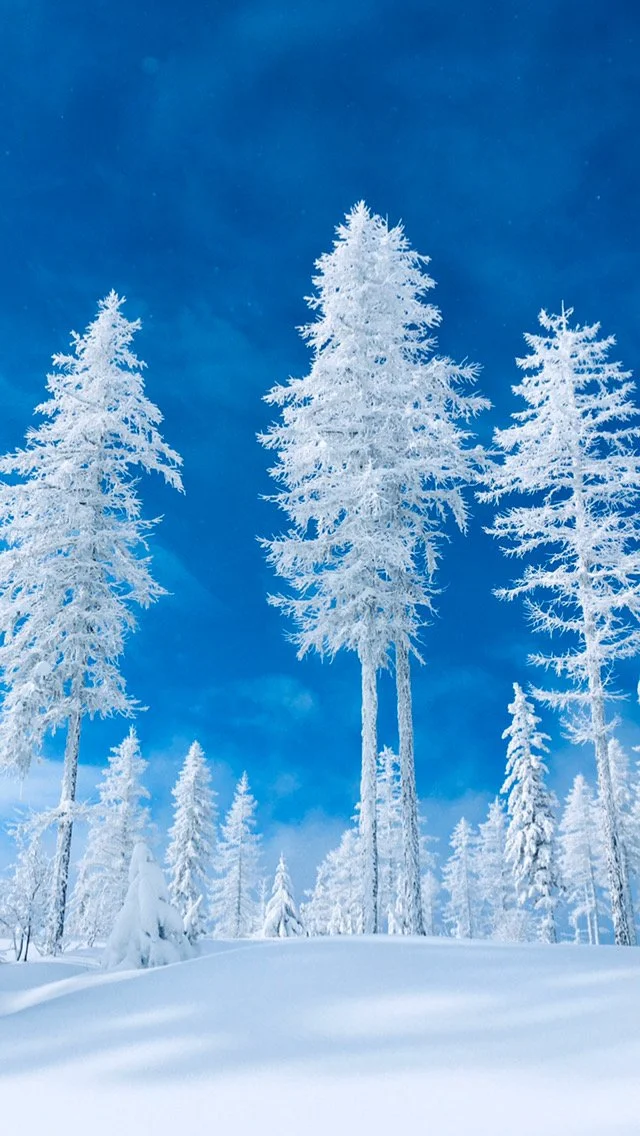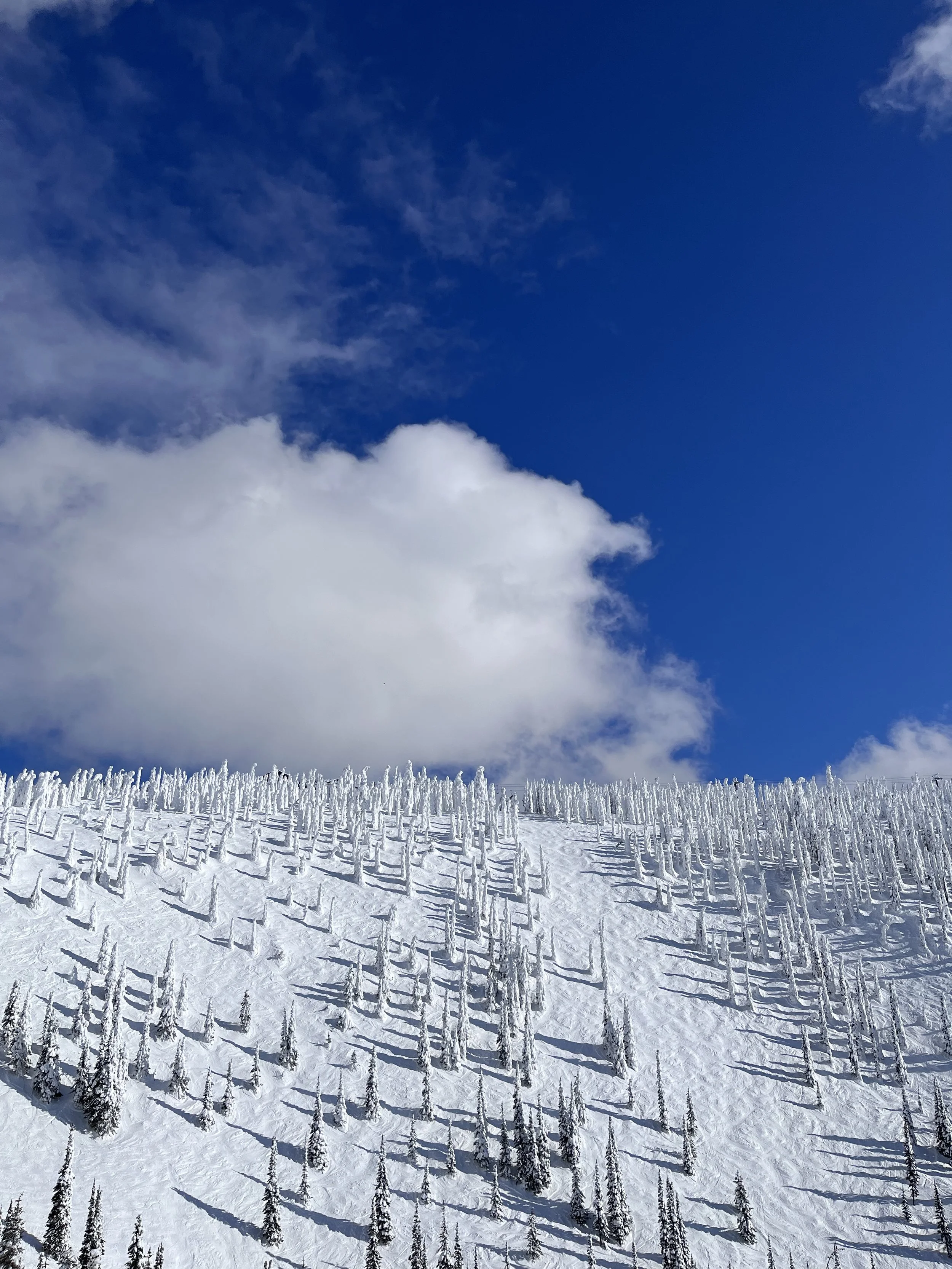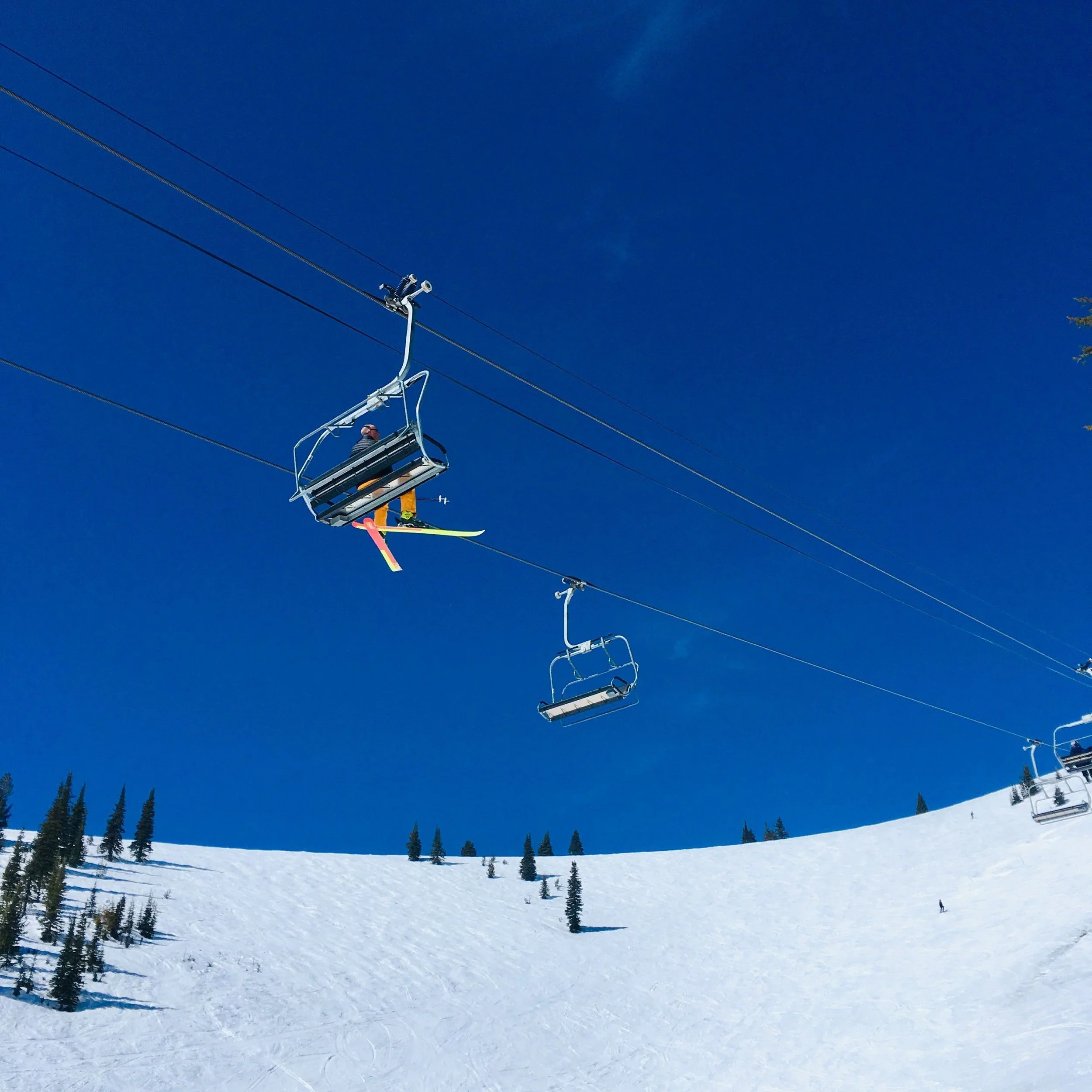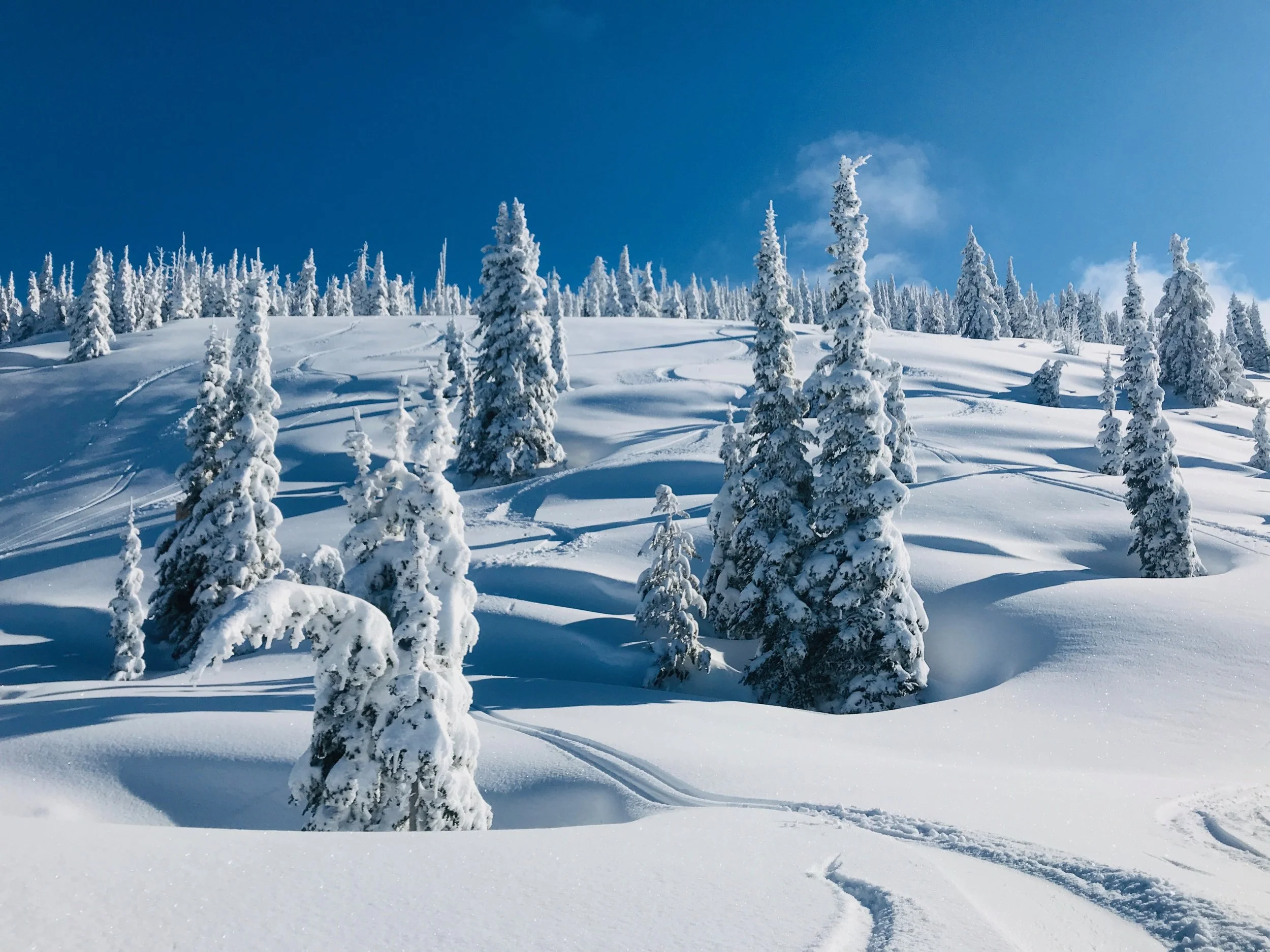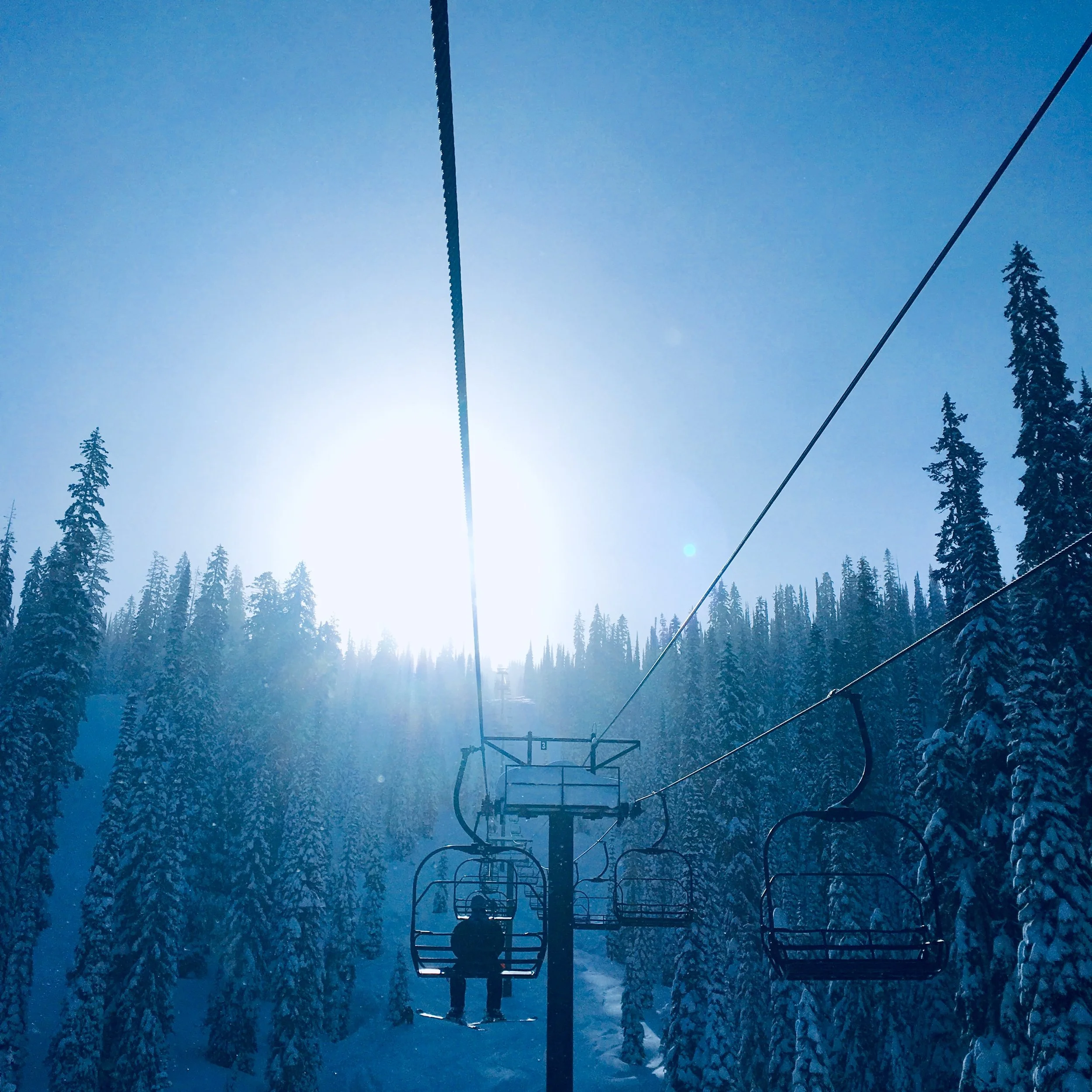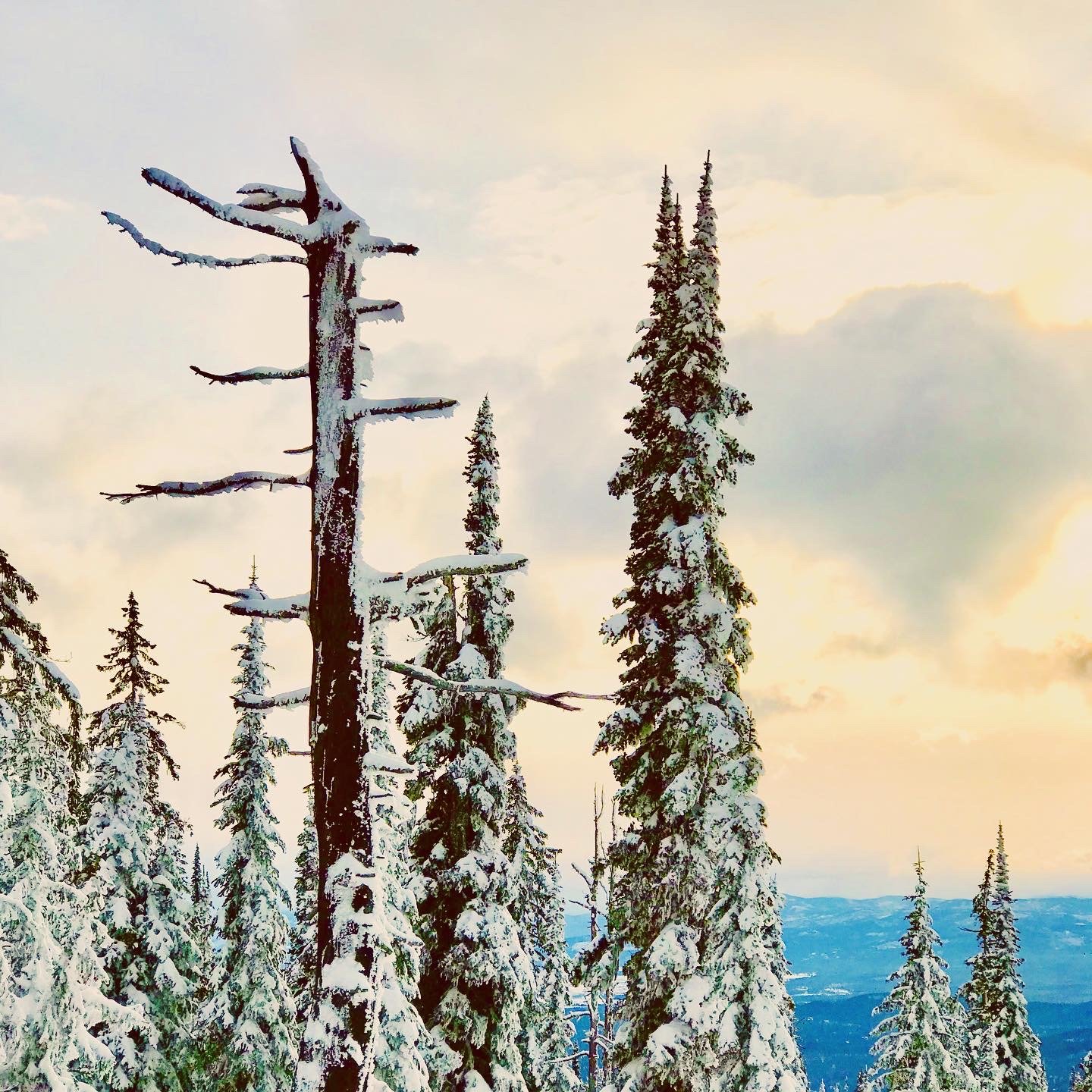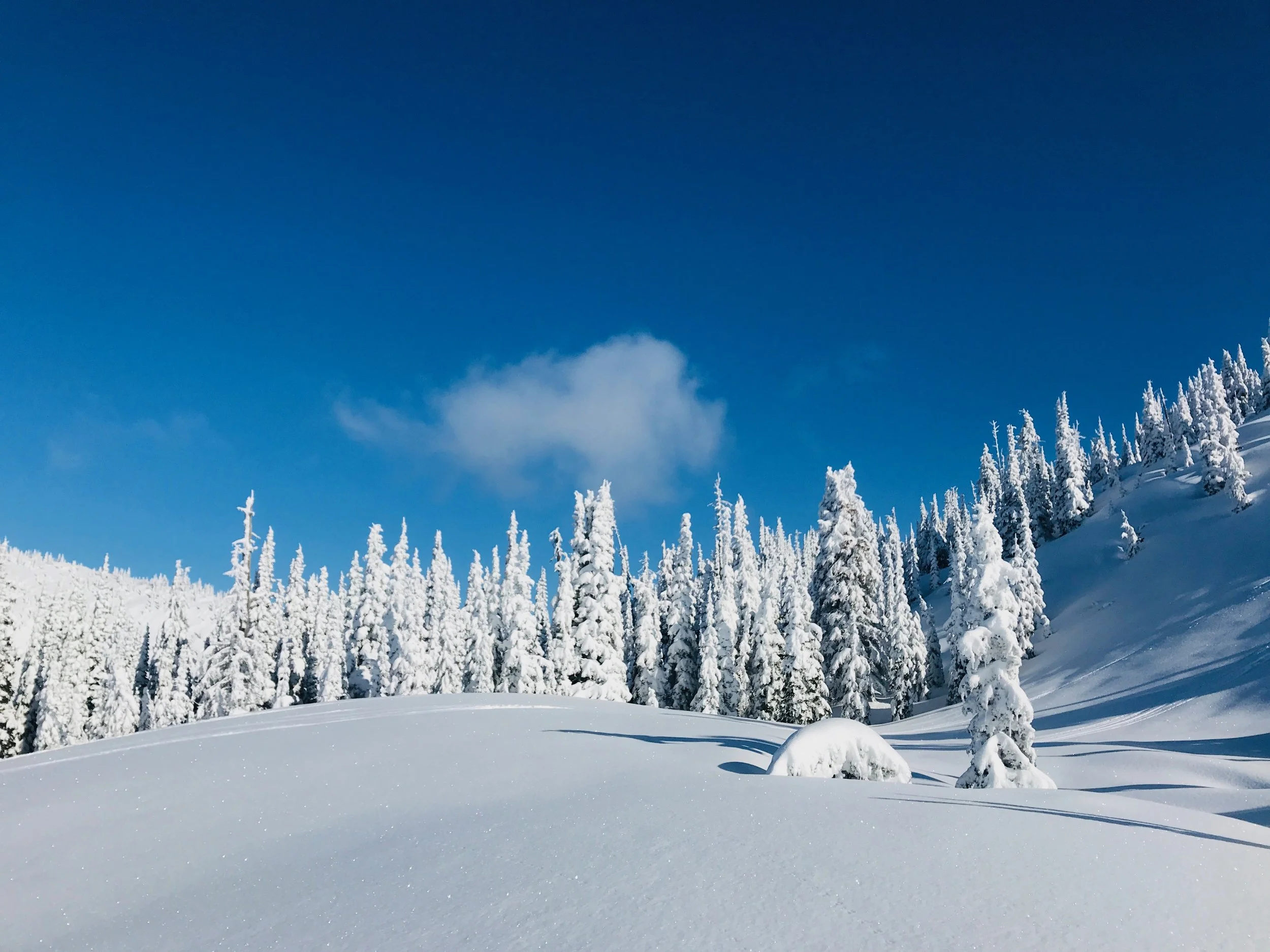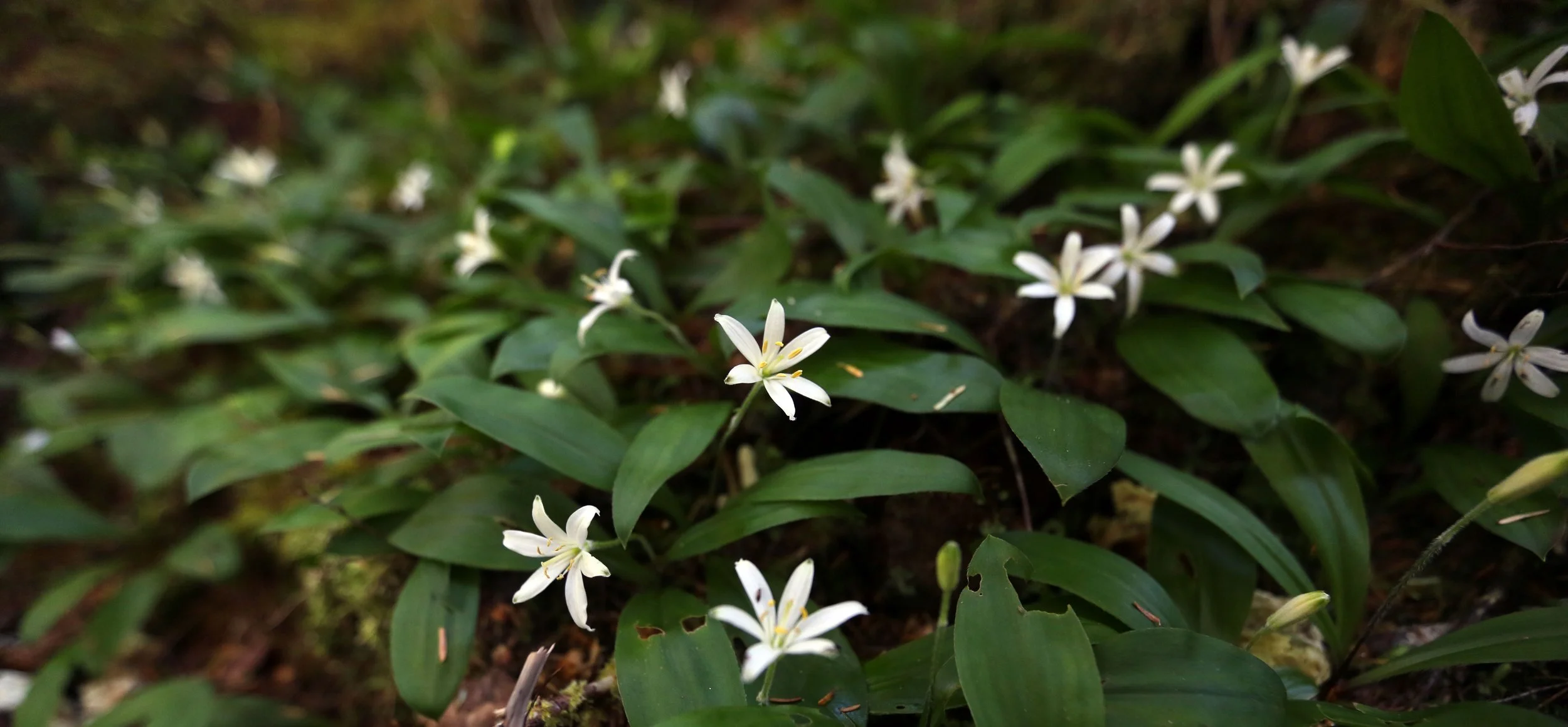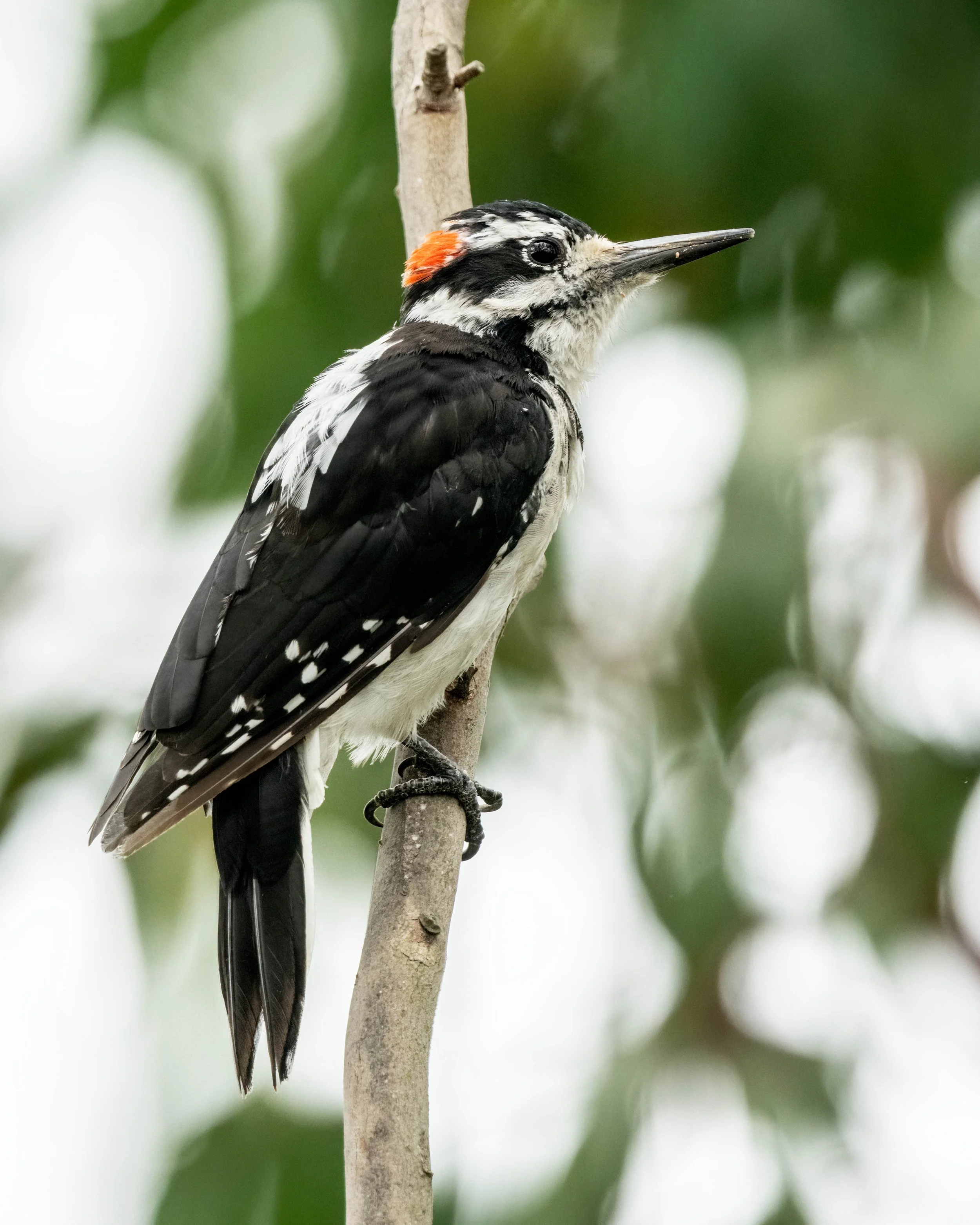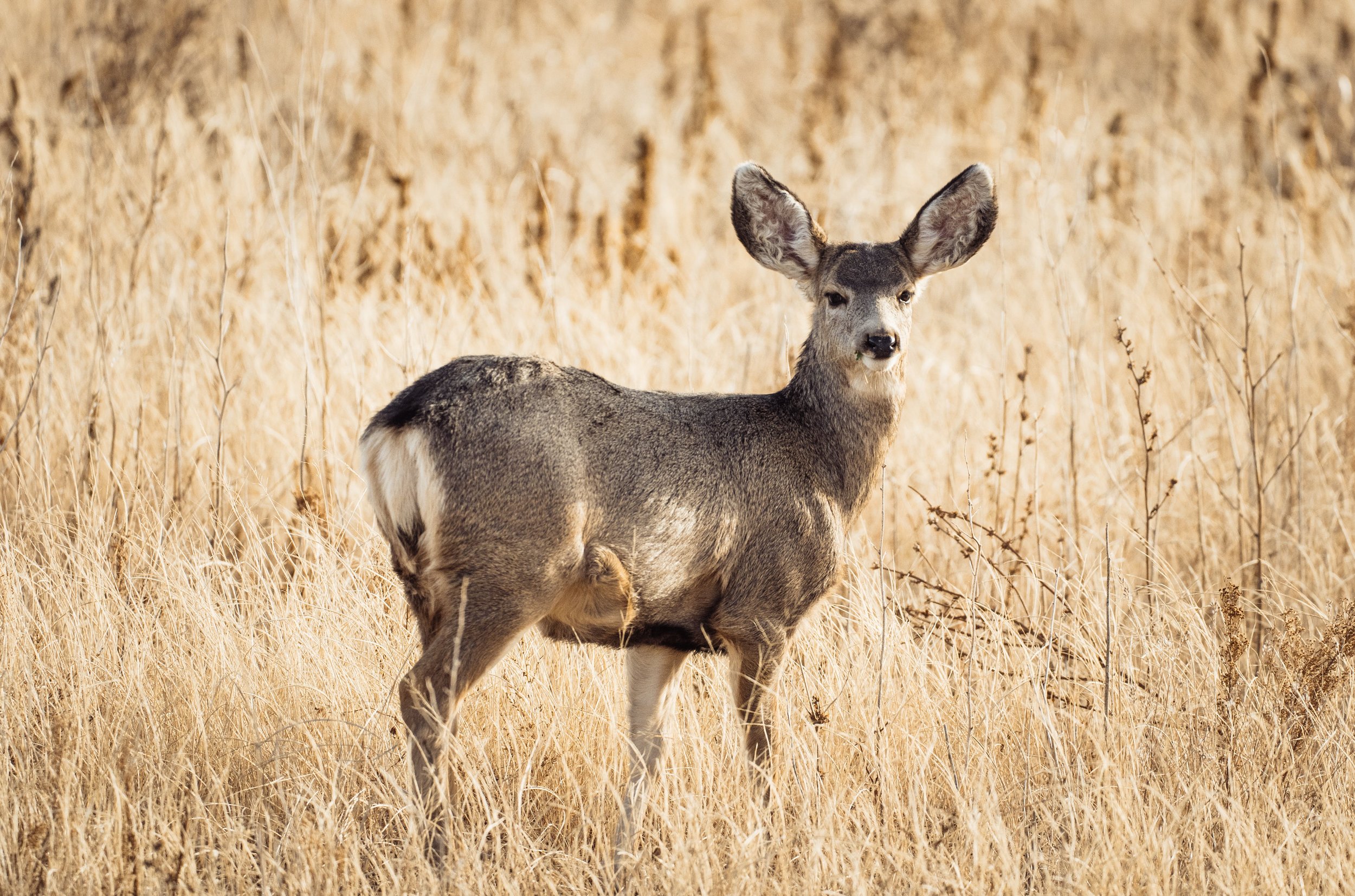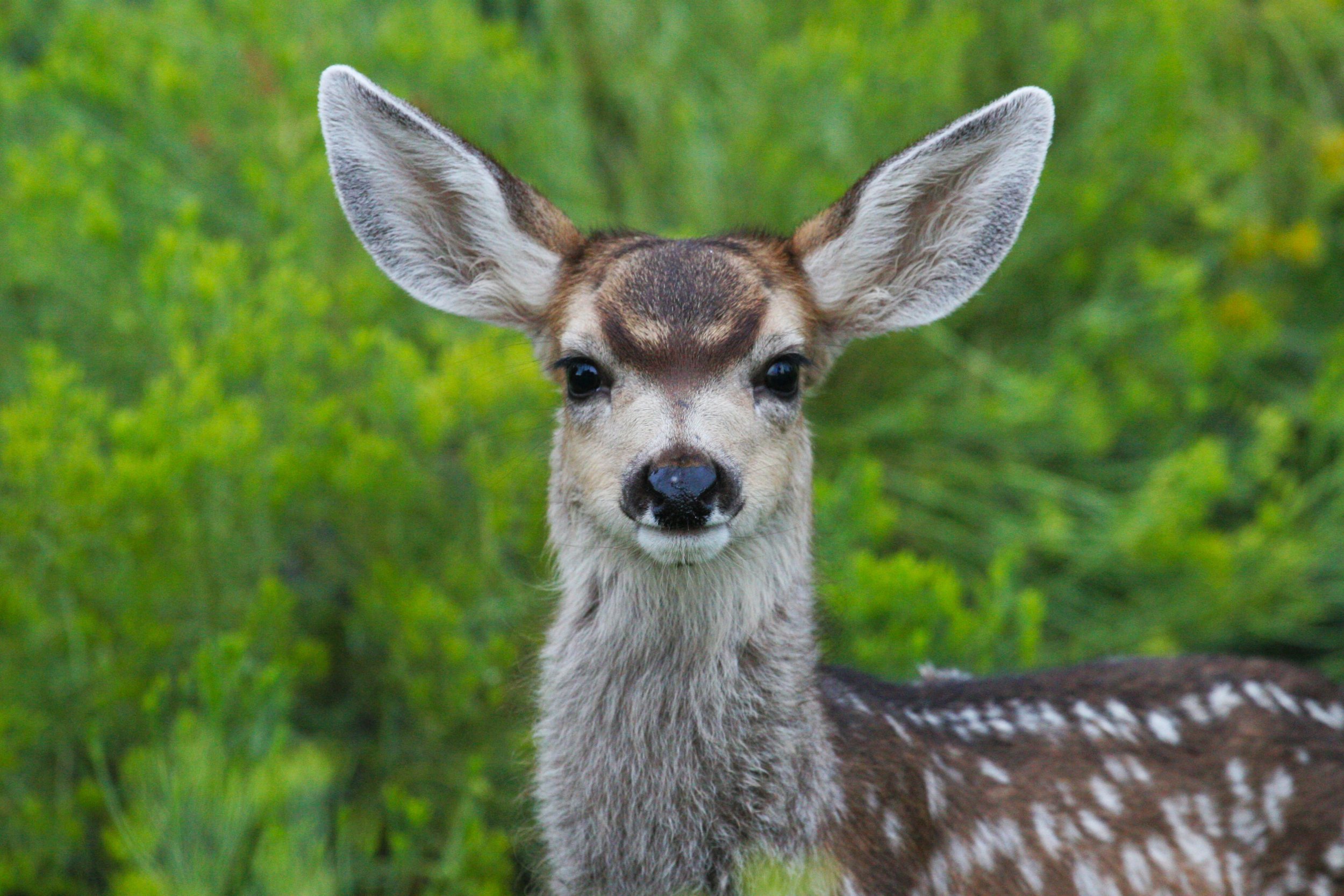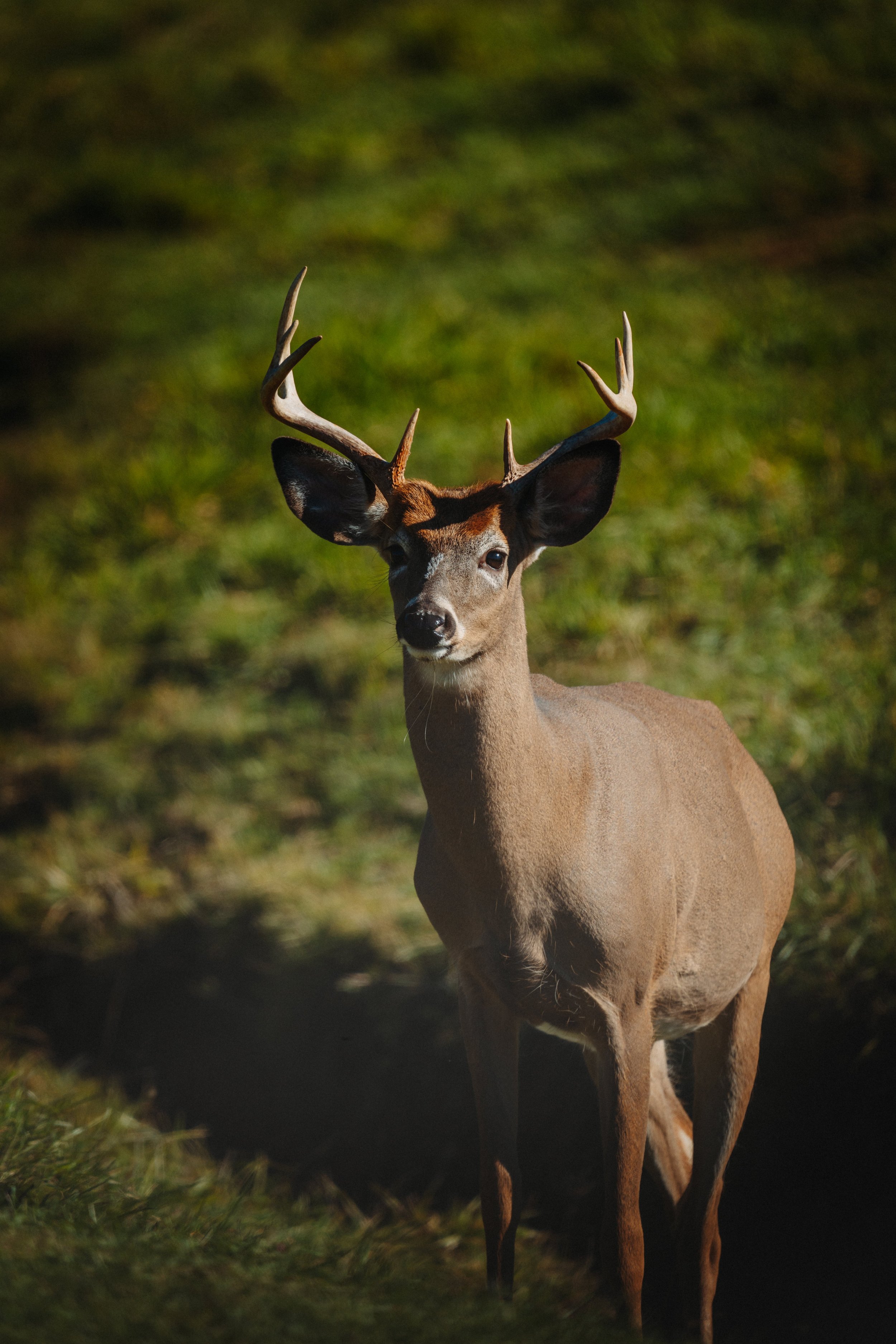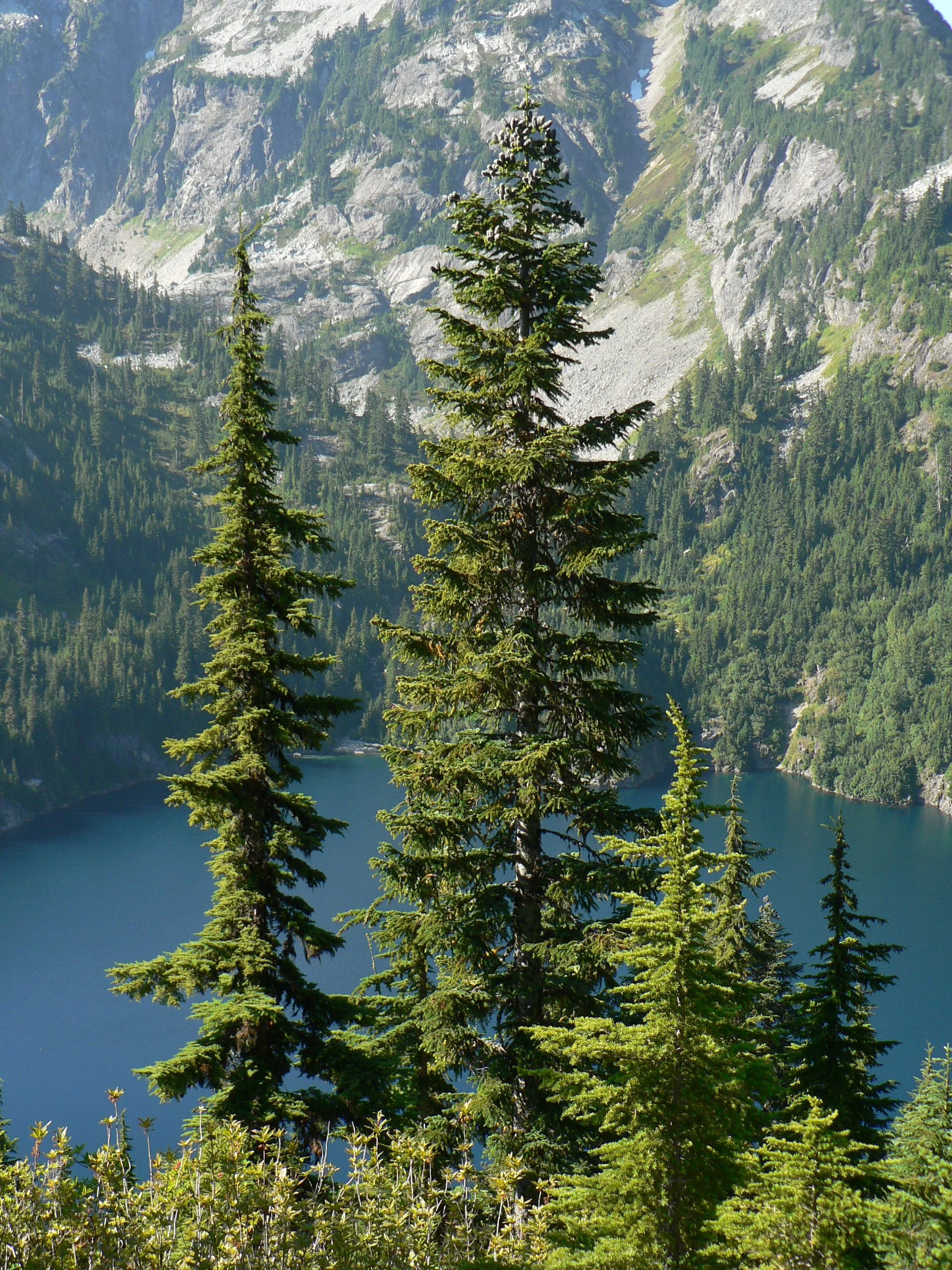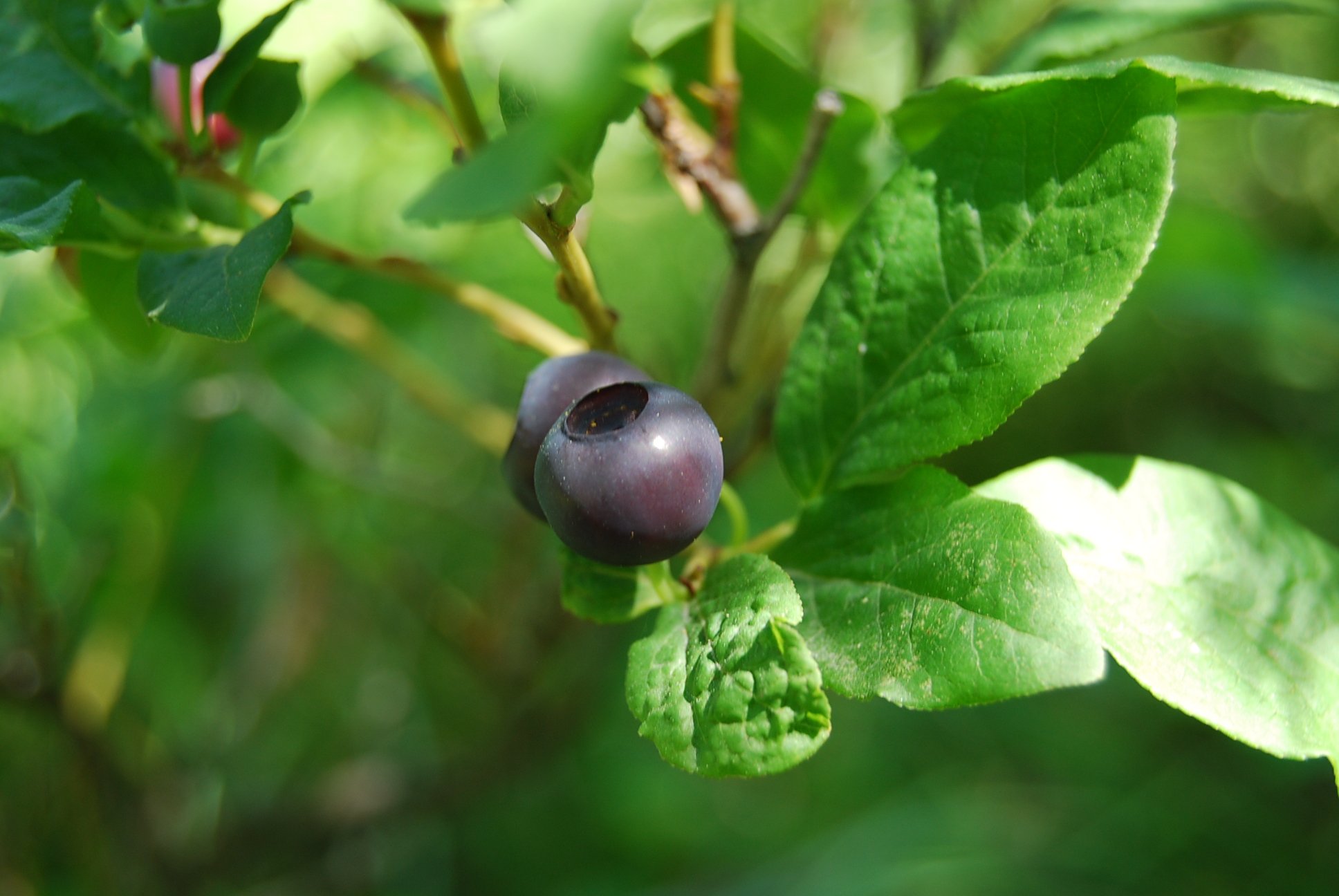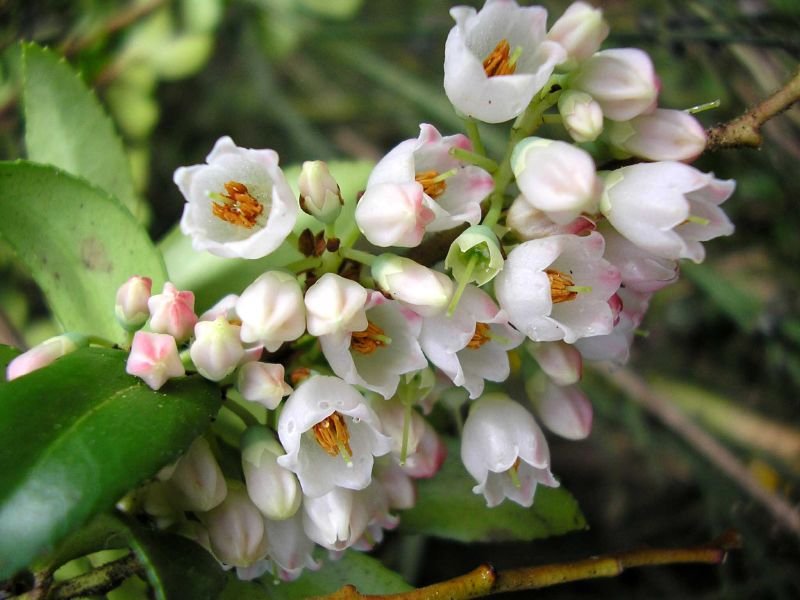Landmark Series—Behind the Bandana: Whitefish Mountain, Flathead Valley
Guest User
Whitefish is nestled in the picturesque northwest corner of Montana's Flathead Valley, just 35 miles from Glacier National Park. A skier's dream in the winter, Whitefish's Big Mountain boasts over 300 inches of snow with diverse terrain and minimal lift lines. In the summer, the mountain's ecosystem comes alive along with a myriad of activities and adventures such as hiking, mountain biking, zip lining, Montana's only alpine slide, and scenic lift rides. When you're not foraging for wild huckleberries, the Flathead Valley offers an abundance of water spots and inspiring nature scenes. I am proud to call this stunning landscape home—it is a special place that will beckon you to return time and again.
Let the Whitefish Mountain Landmark Bandana be your guidebook to native flora and fauna on your next visit. Here is a closer look at the featured species:
Baker’s Mariposa Lily
Bride’s Bonnet
Great Gray Owl
Hairy Woodpecker
Mule Deer
Orange Hawkweed
Subalpine Fir
Thimbleberry
Thinleaf Huckleberry
FIELD GUIDE
Land Acknowledgement:
Whitefish is located in the ancestral homelands of the Amskapi Piikani (the Blackfeet Nation of Montana), the Niitsítapi (the Blackfoot Confederacy), the Séliš (Salish), Ql̓ispé (Pend d’Oreille or Kalispel), and Ktunaxa (Kootenai). These tribes are the original and longest-serving stewards of the lands.
#1. Baker’s Mariposa Lily (Calochortus apiculatus)
(Source: Wikimedia, Lazarus000)
A botanical wonder with intricate details, the Baker Mariposa Lily’s slender stem rises to heights of 10-35cm. You won't miss its distinctive three elegant white petals nestled above the triangular green bracts, accentuated by a fuzzy yellow base adorned with a small circular black gland appearing as a decorative polka dot.
#2. Bride’s Bonnet (Clintonia uniflora)
(Source: Wikimedia Commons, Ser Amantio di Nicolao)
Bride's Bonnet is a captivating member of the lily family known by various names such as bride's bonnet, queen's cup, or bead lily. This delicate beauty bears two or three leaves nestled at the base of a fuzzy stem, displaying small flowers adorned with six white petals and six protruding stamens, their anthers dusted with golden pollen. Pollination gives way to an inedible blue berry.
#3. Great Gray Owl (Strix nebulosa)
The enchanting Great Gray Owl is one of the largest owl species on our planet. With a majestic wingspan spanning about 53-60 inches and a weight ranging from 1.2 to 5.5 pounds, these magnificent creatures leave a lasting impression. Sporting a round, gray facial disc adorned with a white "bow tie" pattern, captivating yellow eyes, and a distinguished mustache-like border on their face, their appearance is truly distinctive. Their plumage showcases delicate streaks of gray, and a white underside with captivating dark markings. Thriving in the boreal forests, taiga, coniferous forests, and mixed woodlands, these owls seek out dense, mature forests interwoven with open clearings, marshes, and meadows. Like other owl species, they possess specialized feathers that reduce noise during flight, enabling them to stealthily approach their prey. Wild Great Gray Owls typically enjoy a lifespan of around 10 years, although they can live much longer in captivity, extending up to an impressive 40 years. Listen to the Great Gray Owl’s birdcall here.
#4. Hairy Woodpecker (Picoides villosus)
(Source: Wikimedia Commons: Jarble)
With a name inspired by the long, thread-like white feathers adorning its black back, the Hairy Woodpecker is a captivating species reminiscent of the Downy Woodpecker. However, this mighty avian boasts a heftier bill and a larger physique spanning 9 to 10 glorious inches. Listen intently for its explosive "peek" birdcall.
#5. Mule Deer (Odocoileus hemionus)
Mule Deer get their namesake for their large, mule-like ears that are capable of rotating independently. Their coats are grayish-brown while sporting a white rump patch and a black-tipped tail. Male Mule Deer, known as bucks, grow forked antlers each year that they shed annually. As herbivores, they primarily feed on grasses, shrubs, and leaves. Mule Deer are generally crepuscular, meaning they are most active during dawn and dusk.
#6. Orange Hawkweed (Hieracium aurantiacum)
Orange hawkweed, also known as devil's paintbrush, is a striking perennial that boasts vibrant orange-red flowers that grace the landscape during the summer and early fall. Not only are these flowers visually captivating, but the hawkweed's stems and leaves also release a milky sap when broken. It's important to note that while this species may be aesthetically pleasing, it is classified as an invasive plant.
#7. Subalpine Fir (Abies lasiocarpa)
(Source: Wikimedia Commons: Wsiegmund)
In the rugged realms of high-altitude environments, the Subalpine Fir thrives, adorning subalpine forests with its spire-like presence. This Fir is a medium-sized evergreen tree, with flat, shiny dark green needles and cylindrical grayish-purple to brown colored cones standing upright on its branches. This magnificent Fir, known as the "Medicine tree" by the Secwepemc is revered for its medicinal properties used as a potent tea, brewed from its bark, to treat influenza, colds, and lung congestion. It is also often used in construction, for making paper, and occasionally posing as a Christmas tree.
#8. Thimbleberry (Rubus parviflorus)
(Source: Wikimedia, Ser Amantio di Nicolao)
Aptly named for its charming resemblance to a thimble, the Thimbleberry is loved by humans and wildlife alike. This tart edible berry boasts a woody, thornless stem reminiscent of a grapevine. Its fuzzy, five-lobed leaves can grow larger than a person's outstretched hand, earning it the endearing nickname of nature's toilet paper for its gentle touch. This trail-side snack is a great source of vitamin C!
#9. Thinleaf Huckleberry (Vaccinium membranaceum)
(Source: Wikimedia Commons, File Upload Bot (Magnus Manske))
Thinleaf Huckleberry, also known as Mountain Huckleberry, is a deciduous shrub belonging to the heath family. Thriving in diverse habitats like coniferous forests, subalpine meadows, and slopes of mountains, this resilient plant finds solace in acidic soils. Its lance-shaped leaves earn it the name "Thinleaf." In late spring to early summer, clusters of small, urn-shaped flowers appear in shades of white to pink. Mid-late summer is berry picking season, you won't want to miss the Thinleaf's delicious blue berries often used to make jams and desserts.
Ready to geek out on more nature facts? Head over to our Landmark Series page for more.
